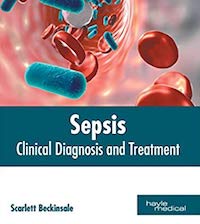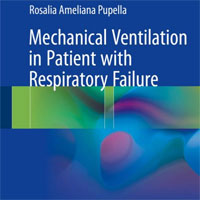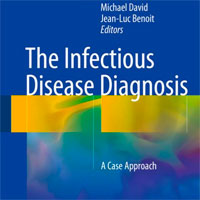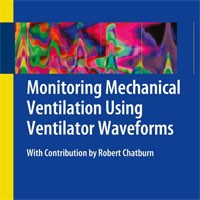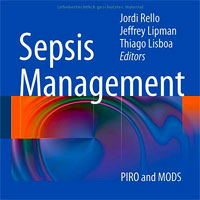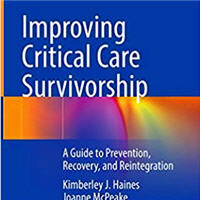Tag: infection
Antibiotics: resist the resistance
European Pharmaceutical Review caught up with Destiny Pharma’s CEO, Dr Love, for an interview about the threat of bacterial resistance to antibiotics...... read more

Study Finds Two Ways to Reduce HAIs
The risk for hospital-acquired infections (HAIs) is reduced by conducting fewer patient transports and limiting urinary catheter use, according to a study conducted at Overlook Medical Center in Summit, New Jersey.... read more

Few ICU Patients with Pneumonia Tested for Virus Infections
Researchers investigated the clinical practices of testing for respiratory virus infections in intensive care unit (ICU) patients with suspected community-acquired pneumonia (CAP) or hospital-acquired pneumonia (HAP) and... read more

Deworming drugs could treat deadly C. difficile infection
A class of drugs used to deworm animals may have the potential to treat even the deadliest strains of Clostridium difficile in humans, new study suggests.... read more

VIB-Ghent University research provides insights into septic shock
Researchers at VIB and Ghent University have discovered an important mechanism of sepsis, an overreaction of the body's immune system to an infection.... read more

Utilising the immune system in the fight against sepsis – On Medicine
In this blog, Dr. Naoshi Takeyama, Senior Editor of Journal of Intensive Care, discusses about how knowledge of immuno-oncology can also be applied to strategies for managing sepsis and severe trauma.... read more

Latest sepsis research for health care providers
The syndrome, caused by "the body's overwhelming and life-threatening response to infection, which can lead to tissue damage, organ failure, and death," can be difficult to predict, diagnose and treat, according... read more

What Is Walking Pneumonia, and How Is It Different Than Regular Pneumonia?
Walking pneumonia may sound scary, but it just means a mild case of pneumonia - the patient is "walking" around instead of lying in bed or in a hospital. Hillary Clinton is just one of an estimated 4 to 5 million... read more




